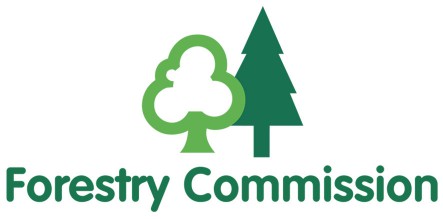Routes into forestry careers
Updated 26 March 2025
Applies to England
Whether you鈥檙e just starting your career or considering a change, here鈥檚 what you need to know to become a practical forester.
Before you start, explore the qualifications and experience needed for the main .
Early careers and qualifications route
Gain the qualifications you need for your future role in forestry.
You can skip to:
- Level 1 and 2 (GCSEs, college and apprenticeships)
- Level 3 (A levels, T levels and apprenticeships)
- Level 4 to 7 (degree level)
There are also some volunteering and work experience opportunities open to anyone aged 16 or over.
Level 1 and 2 (GCSEs, college and apprenticeships)
Choose an option that suits your level:
GCSEs (level 1 to 2)
Many subjects support a forestry career, from biology and chemistry to geography and business studies, read more at .
Forestry and arboriculture college courses (level 1 to 2)
Read more about .
Arborist apprenticeship (level 2)
The Arboricultural Association have listed training providers for .
Distance learning
Read more at .
After completing one of these options consider further study, such as a level 3 qualification. You can also look at:
Level 3 (A levels, T levels and apprenticeships)
A levels (level 3)
Many subjects support a forestry career, from biology and chemistry to geography and business studies, read more at .
Forestry and arboriculture college courses (level 3)
Read more at .
Forest craftsperson apprenticeship (level 3)
Learn more and .
Distance learning
Read more at .
After completing one of these options consider further study, such as a degree level qualification. You can also look at:
Read our top tips for finding your role in forestry.
Level 4 to 7 (degree level)
Forestry undergraduate and degree courses
Find courses through or .
Professional forester degree apprenticeship
Read about the at the University of Cumbria.
Distance learning
Read more at .
After completing one of these options consider your development opportunities, and read our top tips for finding your role in forestry.
Career changers and professional development route
Build on your transferable skills and gain valuable forestry experience and certifications.
Volunteering
Get involved in practical tasks in your local community woodland to learn basic techniques.
Here are just a few volunteering initiatives to explore:
- (for those aged 16-25)
- (for those aged 16-25)
Placements and work experience
Work experience will build on your practical skills. You can search for placement opportunities on the .
The offers virtual work experience in forestry.
Short courses
Upskill to gain valuable skills:
Some courses may be eligible for the Forestry and Arboriculture Training Fund, which covers training costs for short, practical forestry and arboriculture courses. The fund is designed for people considering a change of career or seeking to build and diversify their skills in forestry and arboriculture. Search the .
Traineeships and apprenticeships
鈥楨arn as you learn鈥� with these opportunities:
For more apprenticeship opportunities, follow the early careers and qualifications route.
Gain professional recognition
Become a member or apply for certifications that recognise your professional skills.
Get certified with:
Chartered status
You can get your professional skills internationally recognised.
Get chartered status with the .
Top tips for finding your forestry role
Get a driver鈥檚 license
A driver鈥檚 licence and vehicle, or the ability to travel to remote locations is essential for on-site forestry roles.
Go self-employed
Many foresters are self-employed. Get advice on working for yourself and setting up as a sole trader.
Check job boards
Check out your local job boards and for forestry roles. You can also see our list of where to find forestry jobs.
Know your options
Explore your options with these careers resources:
Transferable degrees
You can directly apply for forestry jobs with related degrees such as biology, engineering, environmental science and geography.
Transferable skills
Consider what transferable skills you can demonstrate in your job applications. Examples include, community engagement, dealing with stakeholders and problem solving.

